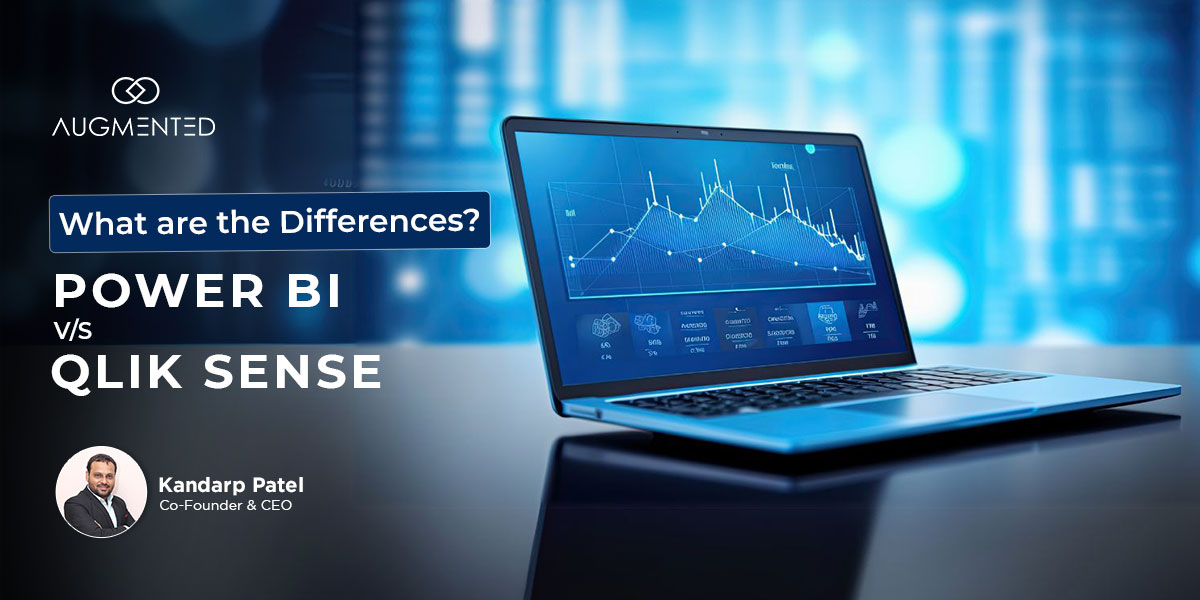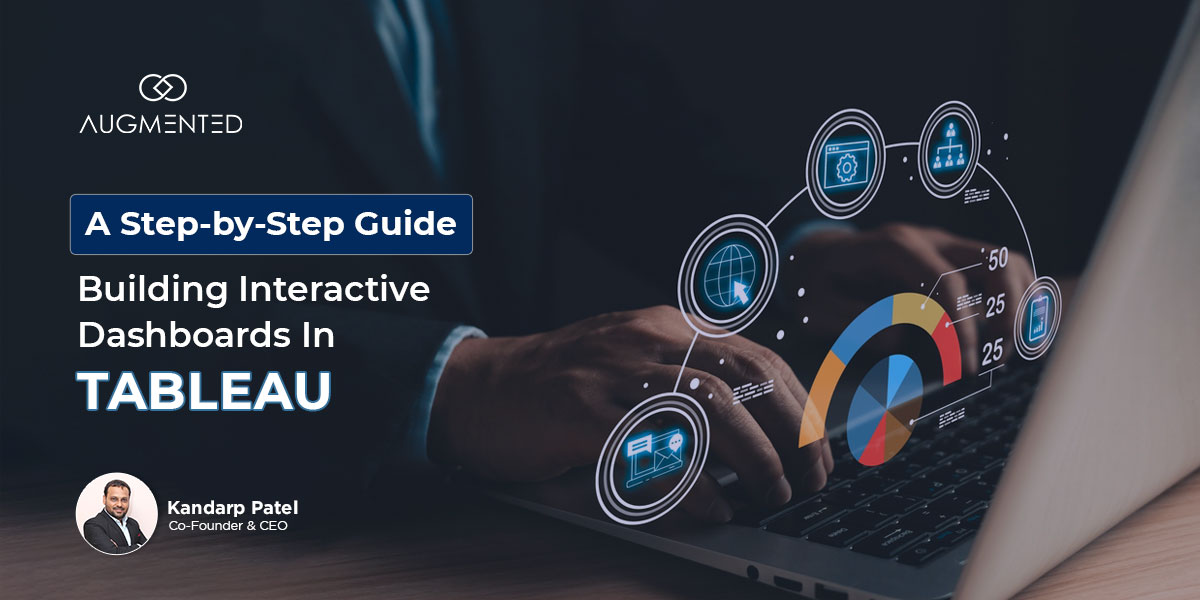Data is the next oil. Every device we use will generate data and organizations across every industry would like to use this data and gain a competitive advantage in the market.
Generative AI needs clean data from a well-managed and integrated analytical system. For this most data enthusiasts are using several platforms to gather, move, analyze, and present data to the Business owners. Microsoft Fabric is a single platform for all these activities.
This blog provides a comprehensive understanding of what Microsoft Fabric is, its advantages, and a list of components with their respective functions.
What is Microsoft Fabric?
Microsoft Fabric is an Azure data analytics service that is responsible for everything from data gathering to data movement to data science under one single platform.
It is responsible for gathering numbers and delivering insights on one platform. Microsoft Fabric is a platform that combines various tools and technologies like Azure Synapse, Azure Data Factory, and Power BI. So it can combine data from several sources and provide insights with good visualization.
Microsoft Fabric was introduced to get the power of data and AI in this digital world. With this service, Azure wants even the non-technical person to understand and implement the power of AI and make analytics accessible to everyone
Since the platform is built on software as a service, it transitioned smoothly into integration. Software as a service lets data professionals focus on data and analytics rather than solely focusing on the technology
Experiences in Microsoft Fabric
Each workload or capability that Microsoft Fabric offers is called an experience.
The vast capabilities that Microsoft fabric offers are called experiences.
It brings together experiences like Data Engineering, Data Factory, Data Science, Data Warehouse, Real-Time Analytics, and Power BI onto a shared SaaS foundation.
Workspaces in Microsoft Fabric
Workspaces in Microsoft Fabric provide a convenient way to manage content. Here, you can easily set up workspaces based on your workflow. It's also easy to collaborate with teams and other creators using tools like notebooks, data lakes, and reports.
On that note let's also learn some of the striking advantages of Microsoft fabric.
Advantages of Microsoft Fabric
Microsoft Fabric simplifies analytics, improves data management, empowers users with AI, offers cost-effectiveness, and seamlessly handles diverse workloads. Let's get an in-depth understanding of each of these advantages.
Unlock Seamless Analytics Integration Across the Industry
An excellent analytical Platform - In all analytical projects, we have multiple systems and need all the data to be collated on one platform for the successful execution of analysis
Simple Solution to Manage Complex Data - Microsoft Fabric will provide a single solution to get data from all these complex systems and get insights with a single user interface and architecture.
Automatic and Time Saving - Also because of software as a service experience, everything can be integrated automatically and get real business values in no time.
Better Team Coordination - Fabric empowers every team in the analytics process with role-specific experiences they need, which means data engineers, data warehousing professionals, data scientists, data analysts, and business users feel more comfortable using this.
Leverage the Benefits of Simplified Saas - OneLake
Usually, Data lakes are messy and complex which requires additional skill to build, integrate, and manage them. However, Fabric is built on the foundation of a data lake which is called OneLake. It is similar to how Microsoft 365 applications are automatically connected with OneDrive.
OneLake is built on top of Azure Data Lake Storage Gen2 and provides a single Saas experience and a tenant-wide store for data that serves all developers.
Because OneLake Saas simplifies the experience, users need not understand any infrastructure concepts like resource group, RBAC, Azure Resource Manager, redundancy, or regions. Also, this does not need Azure Account.
OneLake allows easy sharing of data without having to move and duplicate information.
Fabric is committed to open data formats. It treats Delta on Parquet files that are defaulted for all workloads.
OneLake supports structured data of any format and unstructured data giving total flexibility.
The data in OneLake is divided into manageable containers for easy handling.
Fabric is Powered by AI
Microsoft Fabric is integrated with Azure OpenAI at every layer which helps to unlock the full potential of the data and enables developers to leverage the power of Generative AI and assist in getting business insights.
As Copilot is integrated with Microsoft Fabric, developers can utilize language for the following:-
- Build machine learning models
- Develop dataflows and data pipelines
- Generate code and entire functions
- Visualize results
Customers can also create customized conversational language experiences that combine Azure OpenAI service models and their data and publish them as a plugin.
Fabric Empowers Every Business User
In each organization, they try to provide a data-driven decision culture where everyone in the organization uses data and provides better decisions based on data.
Microsoft Fabric empowers every user by ensuring easy accessibility, seamless integration, and simplifying tasks such as meetings. Here’s how.
- Microsoft Fabric helps in this culture by making analytics available to all. It is also integrated with Microsoft 365 so all users can access Fabric.
- It also helps in converting data into valuable insights by infusing Power BI (one of the core parts of Fabric). For example, data in Excel can directly connect to Microsoft Fabric and analyze in OneLake and can generate a Power BI report with the help of Fabric.
- Data like embedded channels, chat and meeting experiences can be infused daily with utmost simplicity.
Enjoy Cost Effectiveness Due to Unified Capacities
If there are different products for different purposes, there would be a waste of resources. For example, we have multiple systems for data engineering, data warehousing, and business intelligence. If any of the systems is idle for some time, we will not be able to use the resources of this system in another system.
With Fabric, by reducing the complexity of purchasing and managing resources, this problem is resolved. We can purchase a single pool of compute for all the workloads, which reduces the cost since any unused compute resources in a workload may be utilized by other workloads.
Components of Microsoft Fabric
Now that you have familiarized yourself with various advantages, let's learn about some salient components of Microsoft Fabric.
Microsoft Fabric has many workloads with specific personas that are connected to OneLake directly. It includes the following categories for an end-to-end analytical need.
Data Engineering
Fabric provides a Spark platform that enables data engineers to perform data transformation and democratize data.
Spark's integration with Data Factory also enables notebooks and spark jobs for scheduling and orchestration purposes.
We also have other benefits like instant start with live pools and the ability to collaborate because of the Spark platform.
Data Factory
You can have the simplicity of PowerQuery and the power of Azure Data Factory combined in Fabric.
More than 200 native connectors are available to connect data from different sources.
Since Fabric includes Data Factory, orchestration of the data pipeline is also an integral part of Fabric.
Data Science
With Data Science experience, Fabric enables us to build, deploy, and operationalize Machine learning models.
Fabric integrates with Azure Machine Learning to provide built-in experiment tracking and model registry
Because of this integration, developers can use organization data with predictions and allow business analysts to integrate these predictions into Power BI reports.
The whole organization can shift from descriptive to predictive with the help of this.
Data Warehouse
Data Warehouse experience will provide leading SQL performance and scale for better management of the data
Fabric also stores data in Delta Lake format which is an open format for any type of data.
Real-time Analytics
Data is collected from various sources like IoT devices, telemetry, logs, human interactions, and many more. These data are mostly semi-structured.
It comes in at high volume which is analyzed on a real-time basis.
Fabric has the best engine for observational data analytics.
Power BI
With Power BI, you will be assured that business owners can access all data in Fabric quickly and intuitively to make better decisions with data.
Power BI is the heart of Fabric's business intelligence workload which enables business analysts and users to discover valuable insights within the data.
Wrapping Up
Whether you're in financial services, e-commerce, healthcare, or manufacturing, Microsoft Fabric offers a promising solution for accurate data analysis, team collaboration, and leveraging artificial intelligence.
It simplifies these processes and is accessible to everyone in the organization. Fabric stands out as a futuristic choice for businesses looking to stay ahead of time.





